Cleaning a mop may seem like a mundane task, but its significance in maintaining a dirt-free and hygienic home cannot be overstated.
A clean and properly cared-for mop not only ensures efficient cleaning but also helps to minimize the spread of germs and bacteria. Whether you have a traditional string mop or a modern microfiber one, giving it a thorough cleaning after each use is essential.
To embark on this cleaning journey, begin by removing any loose debris or hair from the mop head. Gently pull out tangled strands with your fingers or use a pair of gloves to avoid direct contact.
Next, consider the type of mop you have, as the cleaning methods may differ.
For a string mop, fill a bucket with warm water and a mild detergent, making sure not to use any bleach or harsh chemicals that may damage the fibers. Swish the mop head in the soapy water, letting it soak for a few minutes to loosen any stubborn dirt.
Meanwhile, for a microfiber mop, detach the mop head from the handle and toss it into the washing machine with similar colored items. Opt for a delicate cycle with cold water and a gentle detergent that won’t strip the microfiber’s effectiveness. Once the mop head has sufficiently soaked or undergone a wash cycle, remove it from the water, wringing out any excess liquid, or letting the washing machine complete the final spin.
For both types of mops, allowing the mop heads to air dry thoroughly is crucial in preventing the growth of odor-causing bacteria. If the weather permits, hang it outdoors or place it in a well-ventilated area. Alternatively, employ a fan or open windows to enhance the drying process.
Taking the time to properly clean your mop not only increases its longevity but also ensures an effective, germ-free cleaning tool that contributes to a healthier and more pristine living space.
Dos
- Always remove any debris or loose dirt from the mop before cleaning.
- Rinse the mop thoroughly with warm water to remove any excess dirt or cleaning solution.
- Use a mild detergent or cleaning solution specifically designed for mops.
- Gently scrub the mop to ensure all dirt and stains are removed.
- Rinse the mop again with clean water to remove any soap residue.
Donts
- Don’t use bleach or harsh chemicals to clean the mop, as they can damage the fibers.
- Avoid using hot water, as it can cause shrinkage or damage to certain mop materials.
- Don’t leave the mop sitting in dirty water or cleaning solution for an extended period.
- Avoid using the same mop for different cleaning tasks without sanitizing it in between.
5 Steps for Success
Step 1
Pre-soak the mop: Start by filling a bucket or sink with warm water and add a disinfectant or mild cleaning solution. Submerge the mop completely and allow it to soak for about 10-15 minutes. This will help to loosen any dirt or debris that may be trapped in the mop fibers.
Step 2
Rinse the mop thoroughly: After soaking, remove the mop from the water and gently wring out the excess liquid. Rinse it under running water to remove any remaining cleaning solution or dirt. Be sure to rinse until the water runs clear.
Step 3
Sanitize the mop: To kill any bacteria or germs, you can sanitize the mop by soaking it in a mixture of hot water and bleach or a disinfectant solution. Follow the instructions on the disinfectant product for the correct dilution ratio. Allow the mop to soak for the recommended time, typically around 10-15 minutes.
Step 4
Rinse again: After sanitizing, rinse the mop thoroughly under running water to remove any remaining bleach or disinfectant solution. This step is crucial to prevent any chemical residues from contaminating the floor when you use the mop again.
Step 5
Air-dry the mop: Hang the mop in a well-ventilated area or outdoors to air-dry completely. Make sure the mop is not left damp or in a closed, damp environment, as this can lead to mold or unpleasant odors. Once dry, store the mop in a clean, dry place until its next use.
Final thoughts 💭
Keeping a mop clean is essential for maintaining a hygienic and effective cleaning tool. Regularly rinsing and wringing out the mop after each use helps remove dirt and debris. Additionally, washing the mop head with warm soapy water and allowing it to air dry thoroughly prevents the growth of bacteria and unpleasant odors. Storing the mop properly in a well-ventilated area also ensures its longevity and performance. By following these simple steps, one can ensure a clean and sanitary mop, making cleaning tasks more efficient and effective.
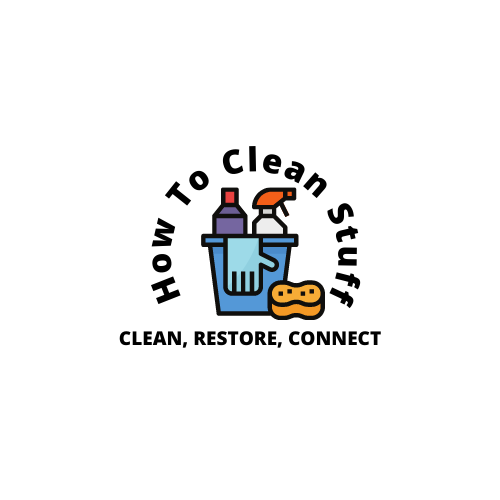
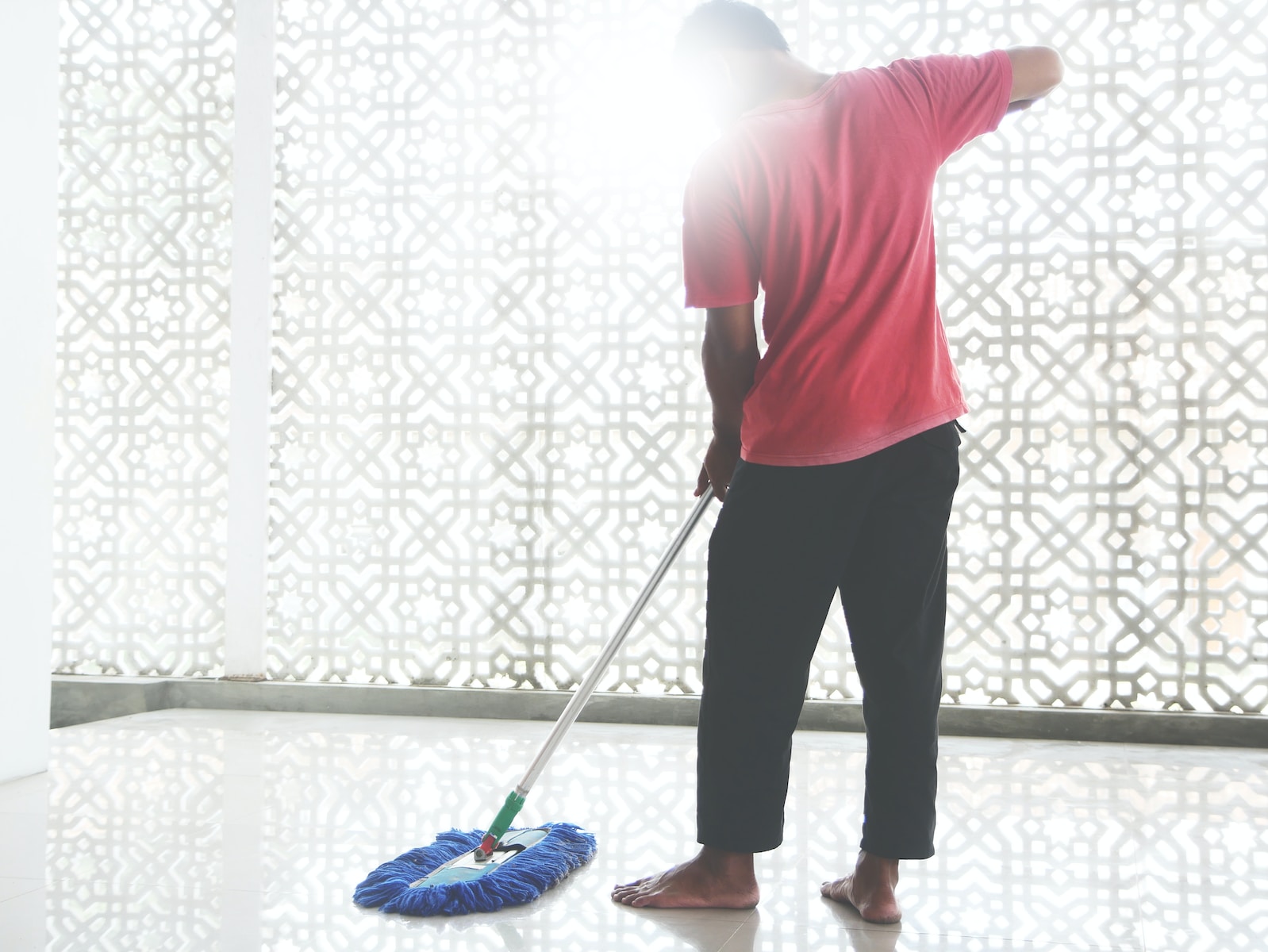
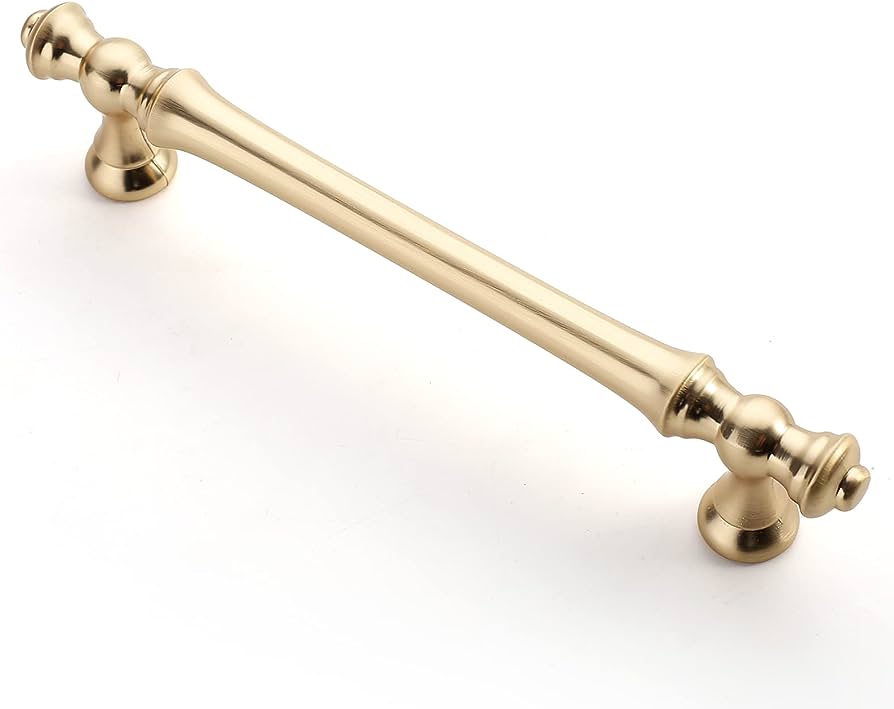
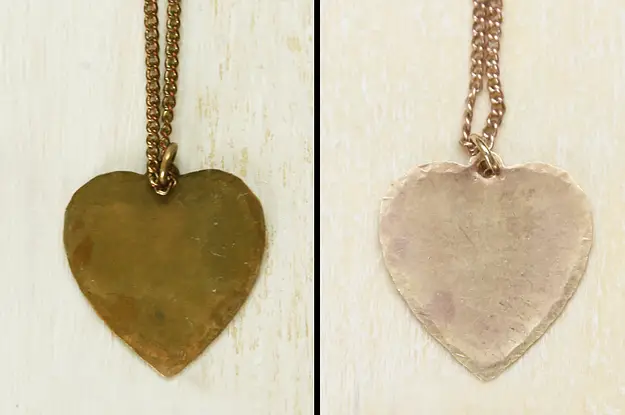
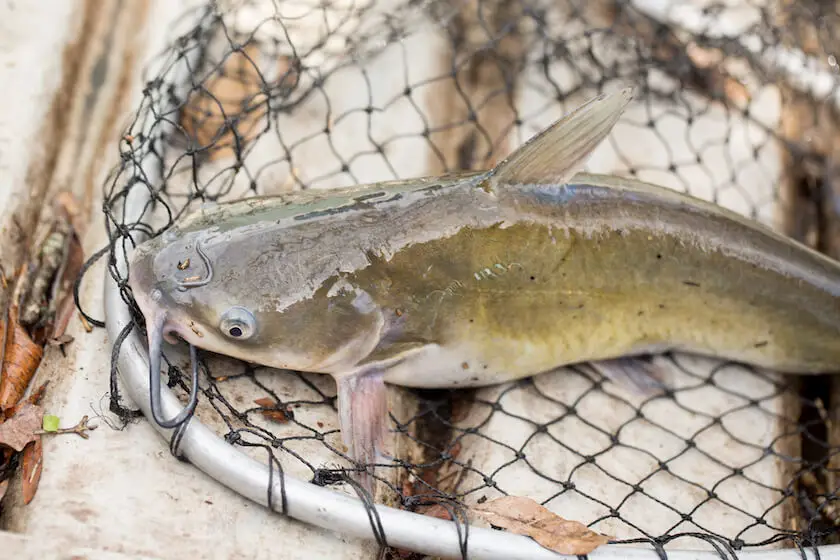

Leave a Reply